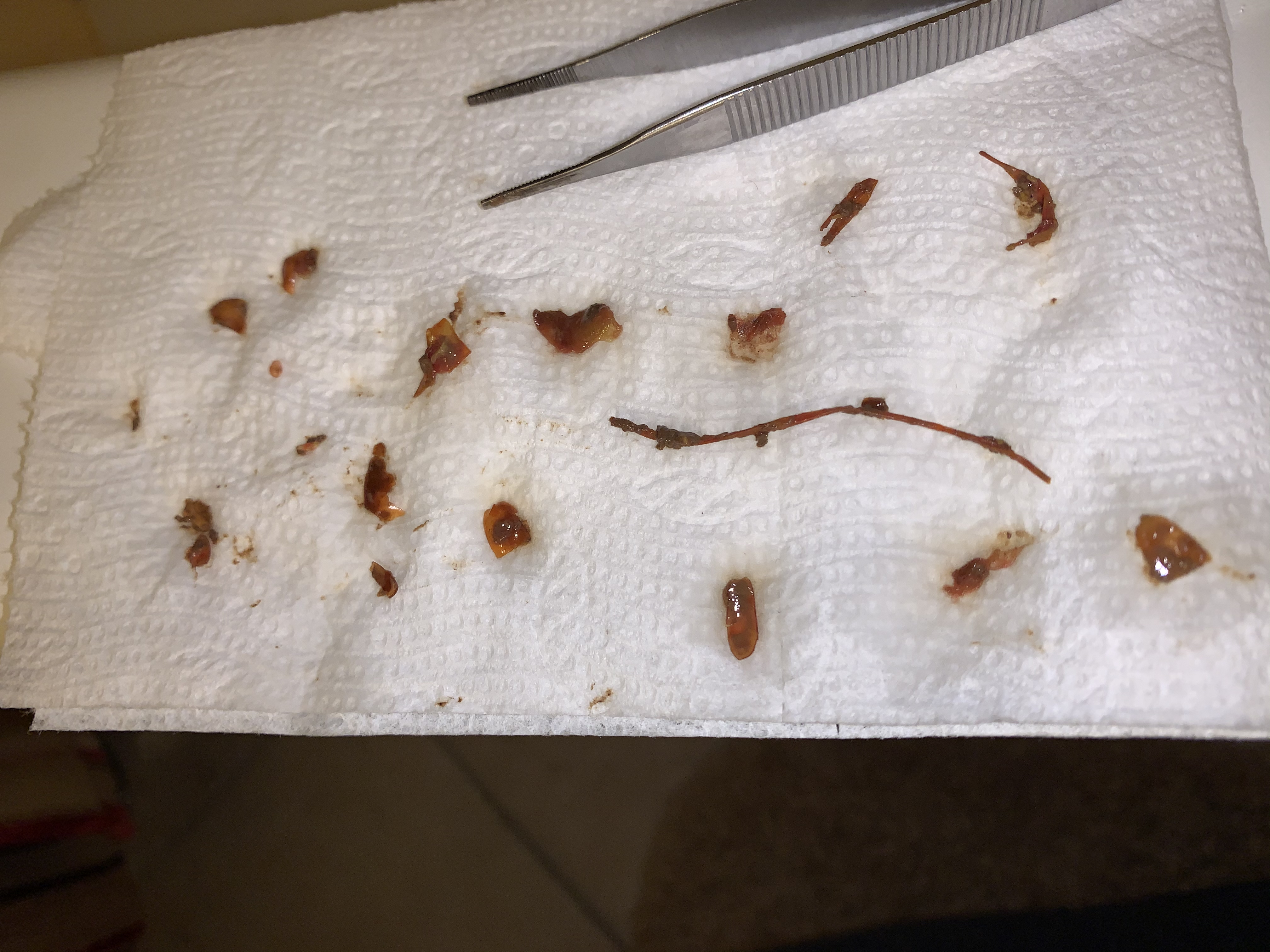
This is no small task and involves planning (and application paperwork!) months in advance when you are importing species that are new to New Zealand.

Other species I found that were on my “wish list” were hornet-mimic hoverfly, Volucella zonaria, Volucella pellucens, the parasitoid beetle Metoecus paradoxus, and Pneumolaelaps niutirani mites.Īt the end of the five week trip all of the infested nests were cleared of workers and prepared for the journey to New Zealand. I was also able to find a nest riddled with the parasitoid wasp, Sphecophaga vesparum. The hoverfly, Volucella inanis, was my main target for this trip and was present in every single nest in varying intensities (see videos below). Most nests had multiple species of parasites. While I was only able to survey 13 Vespula nests and 3 hornet nests, every single Vespula nest had at least one species of parasite present. This year I found even more evidence than last year to support optimism for the future of wasp biocontrol. Fortunately, this was exactly how things eventually turned out. So I had to hope for quality nests over quantity. After talking to several people (with several theories) on the cause, it sounds like they had a warm wet spring and a very cool summer. In the UK, as in Belgium, it seemed that the wasp colonies were far behind their normal development stage for this time of year. Last year I had really good luck and was able to find around 25 nests, most of which had at least one species of parasite present.

Recent genetic work has located the closest relatives of NZ’s wasps to the southern half of England so this was where I focused my efforts. Two species of hoverfly larvae in a common wasp nestĪfter the frustrating start in Belgium, I flew to the UK to set up base camp for the next five weeks. I later found out these eggs were from the hoverfly, Volucella zonaria, a potential biocontrol agent I had on my list of species I hoped to find on the trip – first strike! saxonica nest had a few interesting eggs on the outside of the nest paper envelope. The four Vespula nests had no sign of parasites, but did seem to be behind in development for late summer. The weather wasn’t ideal but we managed to find five nests: two of German wasps ( Vespula germanica), two of common wasps ( Vespula vulgaris), and one of a species we don’t have here, Dolichovespula saxonica.

They had told me that the wasp nest beetle, Metoecus paradoxus, was a common find in the nests they collected for their studies. I started the trip in Leuven, Belgium, where I teamed up with colleagues at KU Leuven who specialise in the evolution of sociality in bees, wasps and ants. Surveying and collecting Vespula natural enemies tripĪfter racing badgers to wasp nests last year, and losing half the time, I decided to schedule this year’s collecting trip a few weeks earlier in the year, starting in late northern hemisphere summer. I would like to thank her for doing such a great job over the past 3 years. Ronny will still be involved with the project, but mostly in a mentoring role to me. Firstly, Ronny decided that she was tired of trying to make me look good and that it was time for her to hand over the leadership of the project to me.
PHEW PARASITE UPDATE
Quite a lot has been happening in the Wasp Biocontrol project since the last update in August (Update 11).


 0 kommentar(er)
0 kommentar(er)
